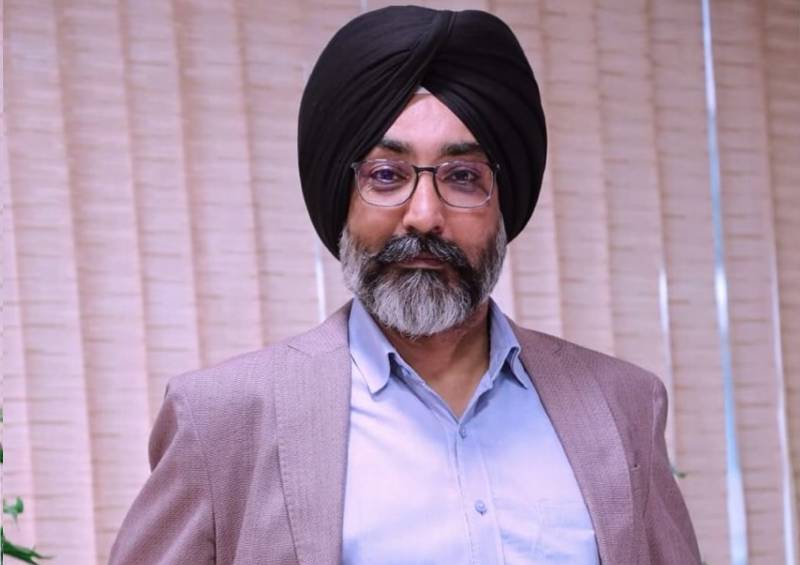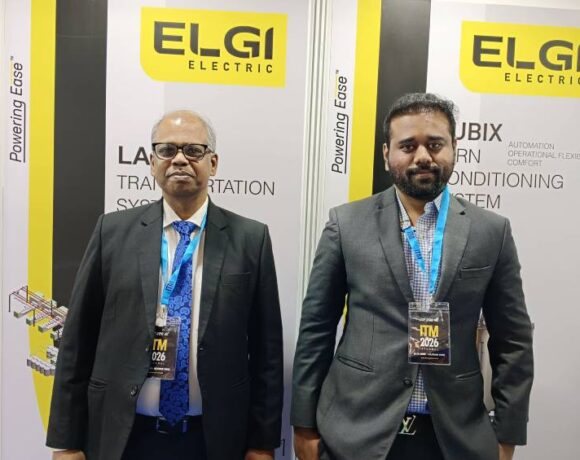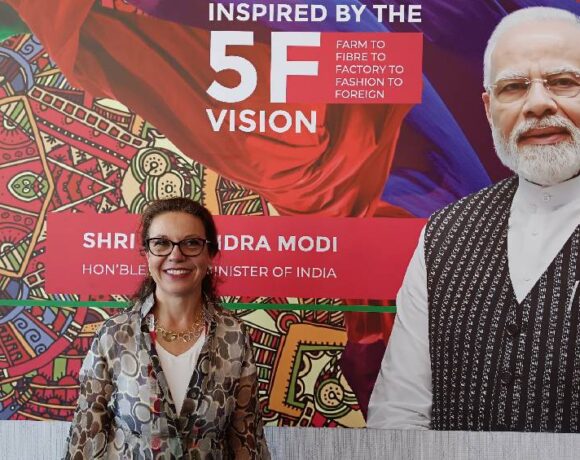VSF Industry Has Become More Sustainable Than A Decade Back

Support from government is expected for addressing inverted tax structure issue and creating a level playing field in respect of levies on input RM materials for fibre making. This will help VSF value chain to compete in domestic market and also help India to grow its share in the international market, says ManMohan Singh
How Has Indian Viscose Staple Fibre (VSF) Industry Performed In 2023?
2023 was a year which saw slow recovery of Viscose Staple Fibre (VSF) industry in India after the dismal performance in H2 of 2022. As the inventory build-up continued both in domestic and international market, there was subsequent positive demand for VSF-based garments. Home textiles particularly saw some positive demand in H2 of 2023 due to positive demand sentiments from the US and EU regions. In the domestic market, though there was muted retail demand during 2023 festive season, the demand for VSF-based textiles and garments was still better than 2022.
What were the main challenges faced by the VSF industry in 2023 and what more challenges do you foresee in the next few years?
Though there was positive demand in 2023 over 2022 for VSF industry, the key challenge was lower retail demand in the international market (EU & US) due to high inflation, high rate of interest and geopolitical disturbances. This also resulted in dumping of VSF yarn from China into Indian market causing a double whammy for the textile value chain, especially spinners, and it has put severe pressure on the profitability. The global/regional uncertainty will persist through H1 of 2024 (recession/inflation due to war, geopolitics, energy crisis, etc.) and hence FY24 is expected be a year of weak market conditions and continuous pressure on margins and profitability.
Can you let us know the key trends in consumer demand and the growth trajectory of the Indian apparel market in the context of VSF usage?
The market has seen continuous shift from the formal to casual, woven to knits and RTS to RTW and post-pandemic the speed of shift has increased, which has resulted in creating focus on innovative products in both men and women casual wear. As VSF is used in blends with polyester and cotton, there has been an increase in usage of VSF across category in Indian domestic market. We expect that usage of VSF will continue to grow to several other categories too beyond women wear.
What is the percentage of VSF consumer currently vis-à-vis cotton and polyester fibre and where do you see the VSF share heading in the next five years?
In global fibre basket, VSF consumption in 2023 is ~6.5% (6.5 mn tonnes) and it is expected to grow to ~11% (11 mn tonnes) by 2030, growing @ 6% CAGR. With limited availability of cotton, MMCF growth will be much higher than cotton and also higher than MMF as MMCF comes from natural source. This makes MMCF a superior option on account of sustainability credentials, in addition to functional attributes like moisture management, soft feel and colour brilliancy. So, it will be right to say that VSF/MMCF has a good potential for growth going ahead.
How has the Quality Control Order (QCO) on VSF impacted the industry and what measures has Birla Cellulose taken to comply with it?
The Quality Control Order (QCO) is a positive initiative in nation building and a welcome step to ensure that only quality products enter Indian market. As part of nation building, QCO will help the entire VSF supply chain to maintain high quality and adopt innovative and advanced technology to make quality product. It will make India a reliable supplier of VSF textiles to the world and all domestic Birla Cellulose sites comply with the QCO, which testifies our commitment to provide best in class VSF/MMCF fibre to our customers.
What are the key sustainability initiatives taken by Birla Cellulose?
Birla Cellulose keeps sustainability initiatives at the forefront. Our sustainability approach is adaptive and accountable to all our stakeholders. Our pillars of sustainability that drive across our internal and external stakeholders are responsible sourcing of raw material, responsible manufacturing, sustainable products and valuable partnership along with social responsibility. We are committed to using 10,000 tonnes of recycled textile waste as circular VSF fibre by 2025. We have dedicated resource across R&D, marketing and technology service team to help the value chain to adapt to circular fibre under Liva Reviva brand. We are partnering with leading pulp innovators to make sustainable and circular VSF fibre to cater to requirement of brands. We have the best-in-class water conservation in VSF Industry globally for which we have been recognized with various awards in India and globally. On RM sourcing, we have been awarded Dark Green Shirt ranking in Canopy’s Hot Button Report for the fourth consecutive time. In 2023, the company stands proudly at #1 position globally, showcasing its leadership in ethical sourcing and sustainable production methods.
How does Birla Cellulose plan to further enhance and diversify Liva brand’s presence in the industry?
Liva was the first initiative by any fibre manufacturing company in India to brand fibre as an ingredient brand. The journey of Liva since inception has been incredible and has been well-accepted by consumers and has provided positive awareness to the Indian consumer about the benefit of VSF and its natural flow fabric. We stay committed to investing in brand Liva and focus on textiles made with specialty fibres and diversify it into men and children wear. We are taking initiatives to take Liva brand for specialty VSF fibre and circular VSF fibre (Liva Reviva) brand to international market.
How has the VSF industry changed over the last 10 years and what is the future of VSF market considering the fact that the availability of natural resource like wood pulp is now limited due to restriction on cutting trees, etc.?
VSF industry has definitely become more sustainable than a decade back. VSF manufacturers over the years have made significant efforts in improving manufacturing process by reducing green gas emissions, effective use of energy and water. All though this, we have seen short term challenges due to poor retail demand globally but if we look at medium to long term, the future looks very bright for VSF industry as the technology for using less natural resource to make VSF is now scalable and getting adopted. We at Birla Cellulose are leading the initiative where our 100% pulp sourcing is from responsibly managed forest under FSC marked wood pulp. We are continuously working towards increasing the share of renewable energy to produce pulp and fibre and I am happy to inform you that we are globally the leaders in consuming and managing least water for making VSF. Birla Cellulose is also future ready with adoption of newer technologies and by having innovative options for alternative feed stock, including mechanical and/or chemical recycling of pre- and post-consumer textile waste, which will further reduce dependence on natural wood source.
What measures and interventions are called for in order to make this sector more robust and competitive?
VSF is expected to have a robust growth of 6% from 2023 to 2030. To escalate the growth in India and globally, support from government is expected with respect to addressing inverted tax structure issue and creating a level playing field, especially in respect of levies on input RM materials for fibre making. This will help VSF value chain to compete not only in domestic market but also help India to grow its share in the international market.















